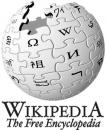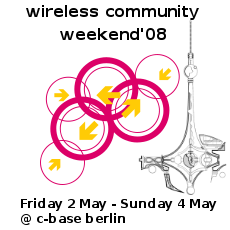What happened to the application of the freifunk community (Blog entry) for the Google Summer of code? Well, as you can guess by now, unfortunately we did not get it.. even though we were close. I had asked Leslie Hawthorn and she wrote us back the following lines:
"I know OpenWRT and like them. We simply couldn’t accept everyone. You folks made our short list if that helps. I can give you more feedback if you send me the URL for your ideas list. Is there a way Google can help you beyond Summer of Code? Leslie Hawthorn"
We had some nice ideas. Our intention was to serve as an umbrella for all the freifunk projects here, but maybe we can join the program next year. We still have the ideas pages, which is probably also intresting for developers who want to join freifunk projects in the future.
Some of the project ideas were/are:
- Multimedia Streaming in Mesh Networks / Porting Obamp to C++
- Passive + Active Measurement in Mesh Networks / Porting OpenIMP probes to OpenWRT
- Traffic Flow Visualization / IPFIX DataSource for freimap
- Mesh Node Status Monitoring / SNMP DataSource for freimap
- Service Discovery in Mesh Networks / Avahi DataSource for freimap
- Service Control Module for freimap
- Topology visualization / B.A.T.M.A.N and olsrd routing decision recovery for freimap
- Database output for freimap
- Antenna placement information elements in freifunk map data
- Search in Wireless Mesh Networks – Yacy
- Search in Wireless Mesh Networks – Nutch/Lucene
- Peer-to-peer file sharing applications in Wireless Mesh Networks
- Developing a Freifunk Theme for CMS
- VoIP phoning in Freifunk Mesh Networks
- Porting Freifunk to EeePC
- Freifunk Webinterface for OpenWrt Kamikaze
( http://wiki.freifunk.net/Ideas)


